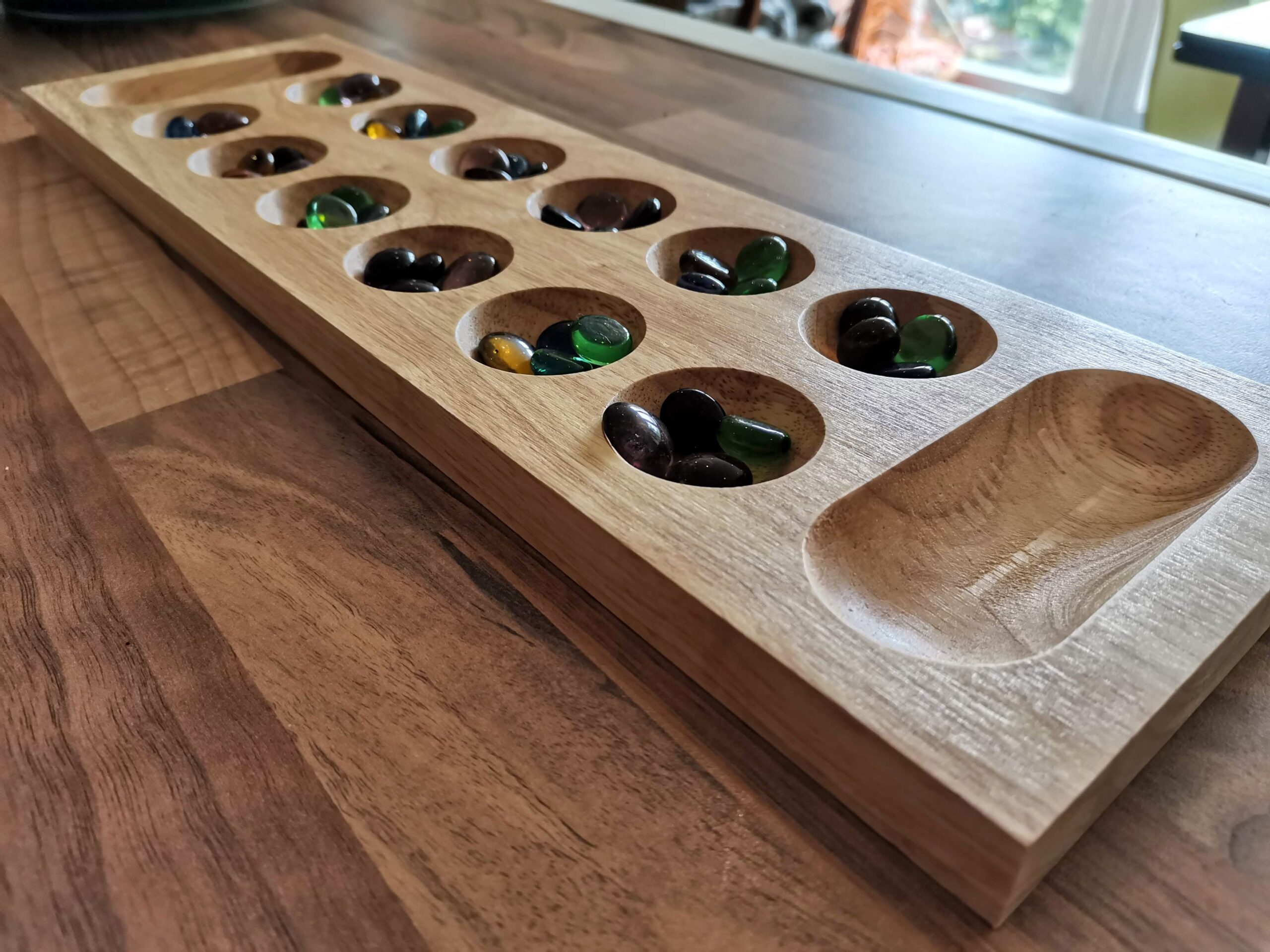Raiders Of Scythia Review
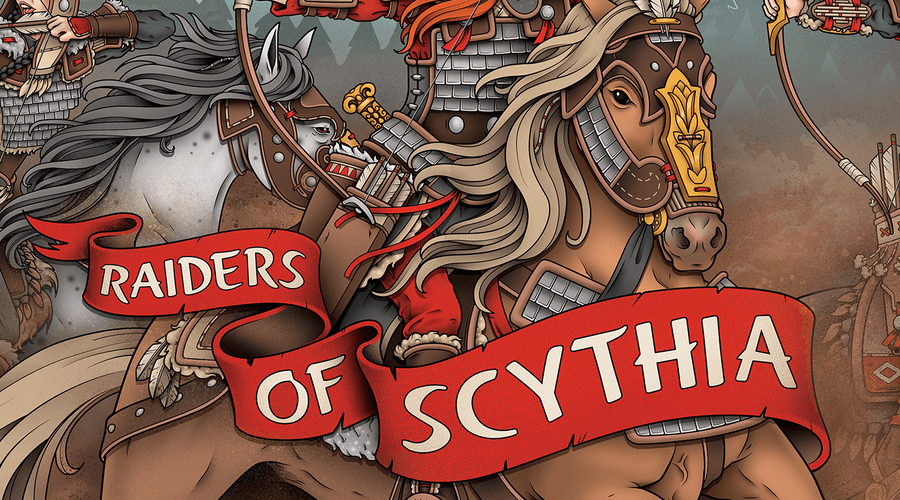
When Raiders of Scythia landed in 2020, it caused a few heads to be scratched. Garphill Games already had a ‘Raiders of’ title with 2015’s Raiders of the North Sea. Unless you’d followed Scythia’s progress, you’d be forgiven for wondering if it was another game in the same vein, a spiritual sequel, or a remake. It turns out that Raiders of Scythia is a very similar game to its predecessor, but with some of the features from the expansions thrown in, and a fresh lick of paint. Was it worth the effort, and should you be interested?
One in, one out
At its core, Raiders of Scythia is a worker placement game. It does things a bit differently though, because for every worker you put down on the board, you take another one off. It’s a bit like going to a crowded nightclub back in the 90s – “it’s one in, one out, mate” – or maybe a more relatable comparison would be a library. You want to take that natty red worker off the board? Okay chap, but you’ve got to bring that blue one back first.
It’s a clever twist, because the worker you take off the board can’t be the same one you put on, and you can’t put a worker on a spot where one is already stood. Given that there are only eight spaces available to leave and take workers, it means you’re going to face some tricky decisions, and often have to take what you’d consider to be sub-optimal actions. By way of compensation though, you get to take the actions of both the space you’re placing a worker into, and the space you take them from. It doesn’t always make up for the sting of not being able to do that one really good thing you really wanted to do.
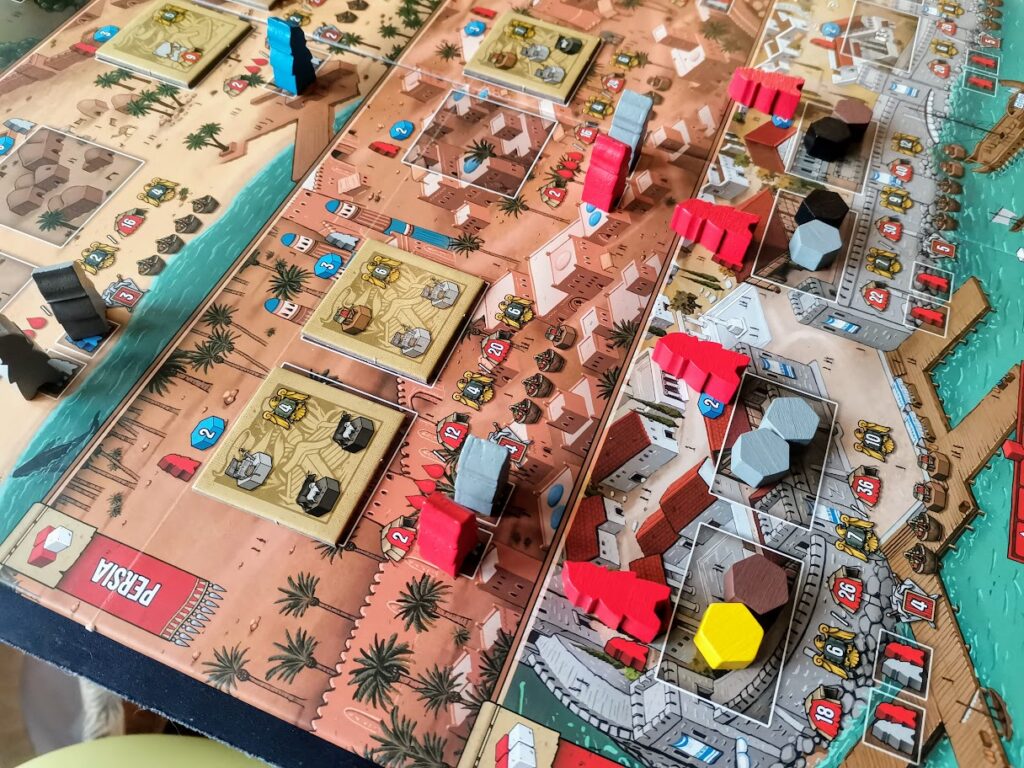
I mentioned the colour of the workers above, because a worker’s colour becomes really important. Some of the placement spots give you different rewards depending on which colour of worker is placed or removed. At the start of the game, there’s only grey and blue workers to contend with, but later in the game red workers are also thrown into the mix. That only happens when you start raiding though.
Loot and pillage
Scythia was a region that covered a lot of Asia and Eastern Europe, around 2,000 years ago. Legend has it they bred fierce warriors, and were no strangers to war and conflict. The setting of Raiders of Scythia puts the players in control of a leader, and the aim of the game (if the name wasn’t a big enough clue) is to go raiding. The resources you collect with your workers get spent in building your crew – a tableau of cards in front of you who you’ll take into battle with you. Trained eagles and horses can bolster your crew before you take them off for a spot of pillaging.
Raiding makes up the guts of the game, and it’s really nicely done. At first you’re making small raids for small rewards in the nearby settlements of Cimmeria, but by the end of the game you’ll have progressed across the map to Greece. When you choose to raid is entirely up to you, and it’s a tricky decision to make. You can raid as soon as you the required crew size, worker colour, and resources, but you might choose not to.
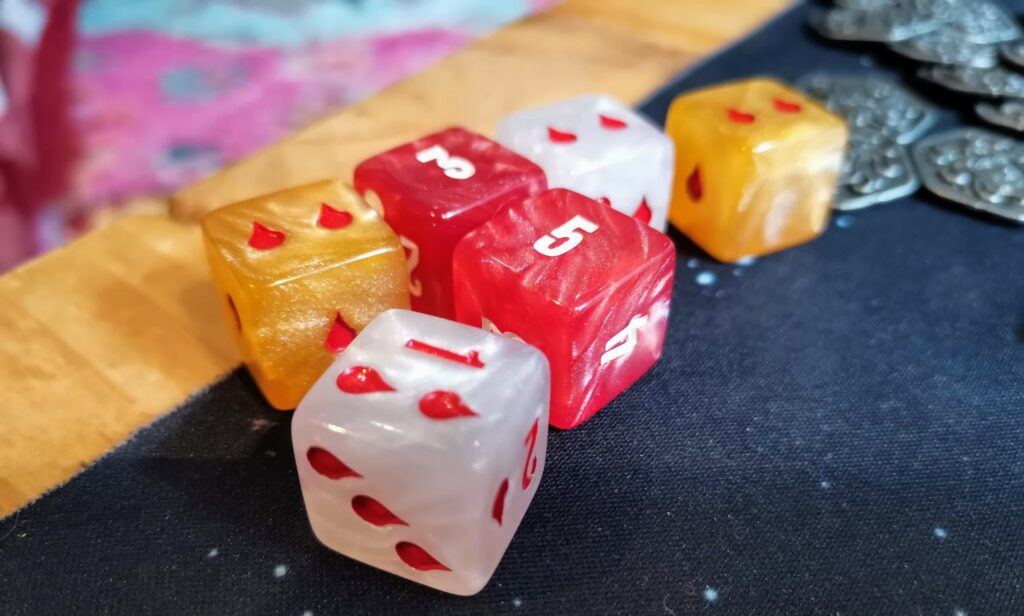
The raiding action gets you rolling dice. Some of these dice add to the collective strength of your crew cards, and some will add wounds to your brave fighters. The higher your total score after the dice are rolled, the greater your reward, so there’s plenty of thinking, and deciding when you think your loyal band is strong enough. If you take another couple of turns to bolster your squad, you stand a better chance of the better rewards, but what if someone else swoops in there first? I’d love to say you’ll sit there working over probabilities in your head, but the truth is you’ll go with your gut, and that’s something I really love in a game.
A plague of locusts
Euro games get a lot of stick for not being thematic enough, but Raiders of Scythia does a great job of capturing the feel of what’s going on in the game. After setup, the board is brimming with loot, rewards, and spoils for the taking. As the game progresses and your warbands grow in strength, they gradually move south, taking down more powerful settlements and stripping them of their rewards. By the time the game finishes, you’ll look down at the board, and it looks like people have been panic-buying at a supermarket. The gradual ingress of your troops empties the board.
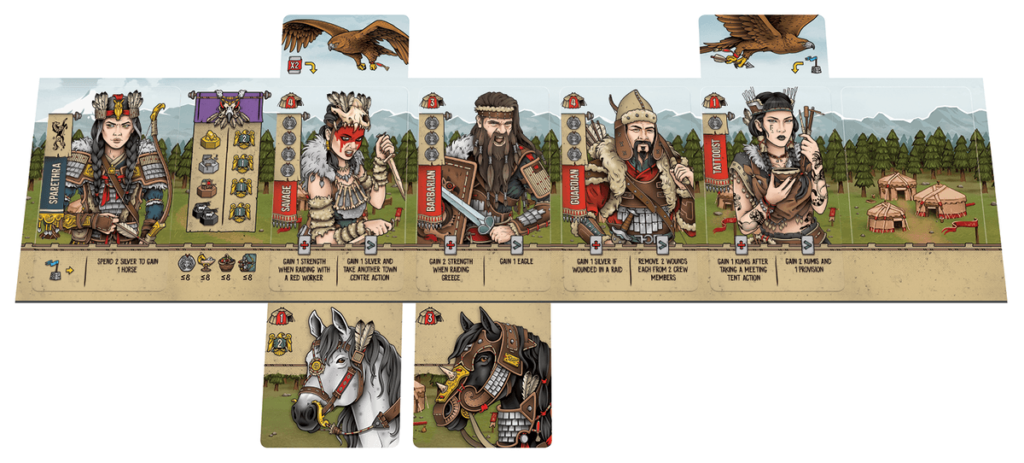
If I’m honest, I felt slightly uneasy the first time it happened. It’s a strange thing for me, I’m usually able to see a game as a game, but when I saw those nations ransacked and left destroyed in my wake, I felt bad about it. I don’t know why, I don’t really feel it with other games. It was almost like I was a spectator as my irresistible war machine marched on, and if they’d carried on they’d be off the board and I’d be left with the smoking holes in the ground they left behind them.
It’s a very evocative game for me in that sense, even though the actual battles are so far abstracted. There’s no visible bloodshed or death, save for occasionally discarding a card, but it still manages to capture the essence of the raiding so well. It’s a very clever piece of game design.
Final thoughts
Shem Phillips is my favourite game designer and developer at the moment. The West Kingdom series of games (Architects, Paladins & Viscounts) are some of my favourite games ever. I really enjoy the games he designs or helps to develop, and Raiders of Scythia is no exception. The gameplay is relatively easy to learn and the concepts easy to grasp, but the game feels wonderfully tactical. Despite there being no direct player interaction, the indirect tussle for worker spots and settlements to raid feels really good.
Raiders has plenty of classic Euro action, with the worker-placement and the tableau-building on your player board, but I really enjoy the uncertainty of other things in there. Judging how long to wait to attempt a Raid, and balancing your crew’s strength against the odds of a successful dice roll is great. Not knowing when your opponents are planning to do the same thing, gauging the people, not just the state of the board. It all adds up to a really exciting game.
The solo mode runs as smoothly and balanced as you’d expect from a Garphill Game. Flip a card, work down through the actions and see which one the automa can do. It feels like playing against a person, and is a great way of practicing when you’re on your own. It’s a great game at two-player, but really comes alive with three and four. It opens up new spaces on the board to raid, and the competition feels more intense. Games seem to be creeping up in price at the moment, so to be able to pick up Raiders of Scythia for 40 quid is a great proposition, even if Sam Phillips’ artwork doesn’t do it for you. It’s a brilliant game, and it joins my ever-growing pile of Garphill Games square boxes.
Review copy kindly provided by Garphill Games. Thoughts and opinions are my own.
Raiders of Scythia is available from our sponsor – Kienda. Sign-up using this link to get 5% off your first order over £60.
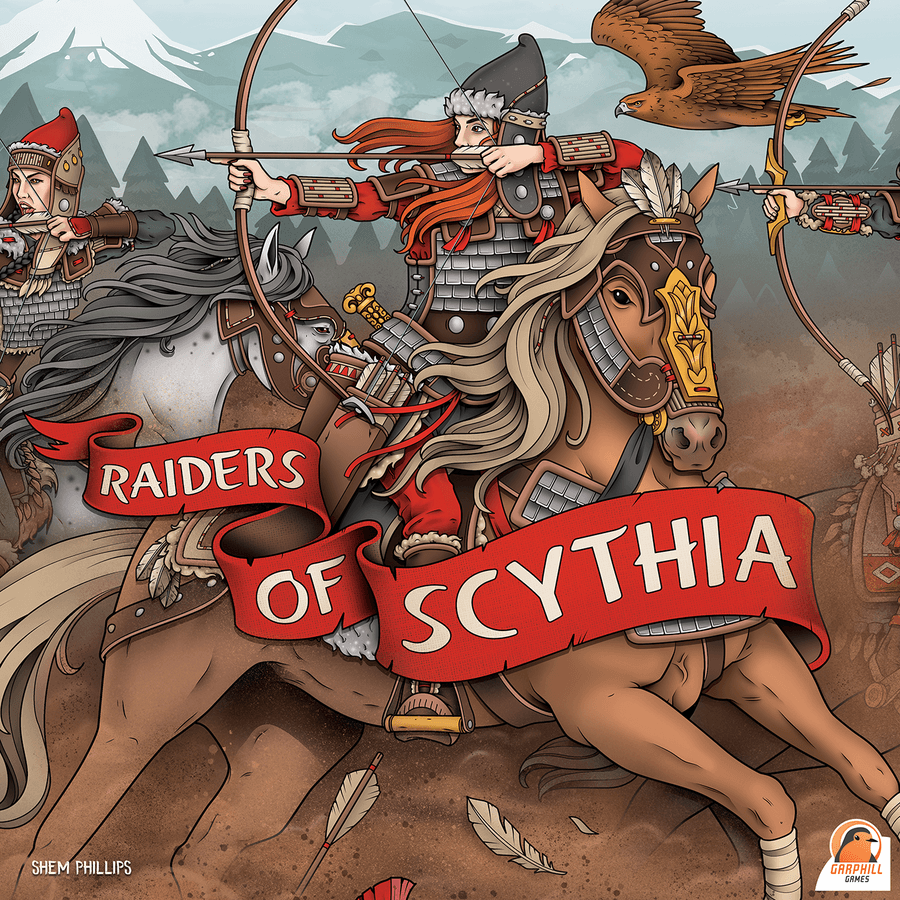
Raiders of Scythia (2020)
Designer: Shem Phillips
Publisher: Garphill Games
Art: Sam Phillips
Players: 1-4
Playing time: 60-90 mins







